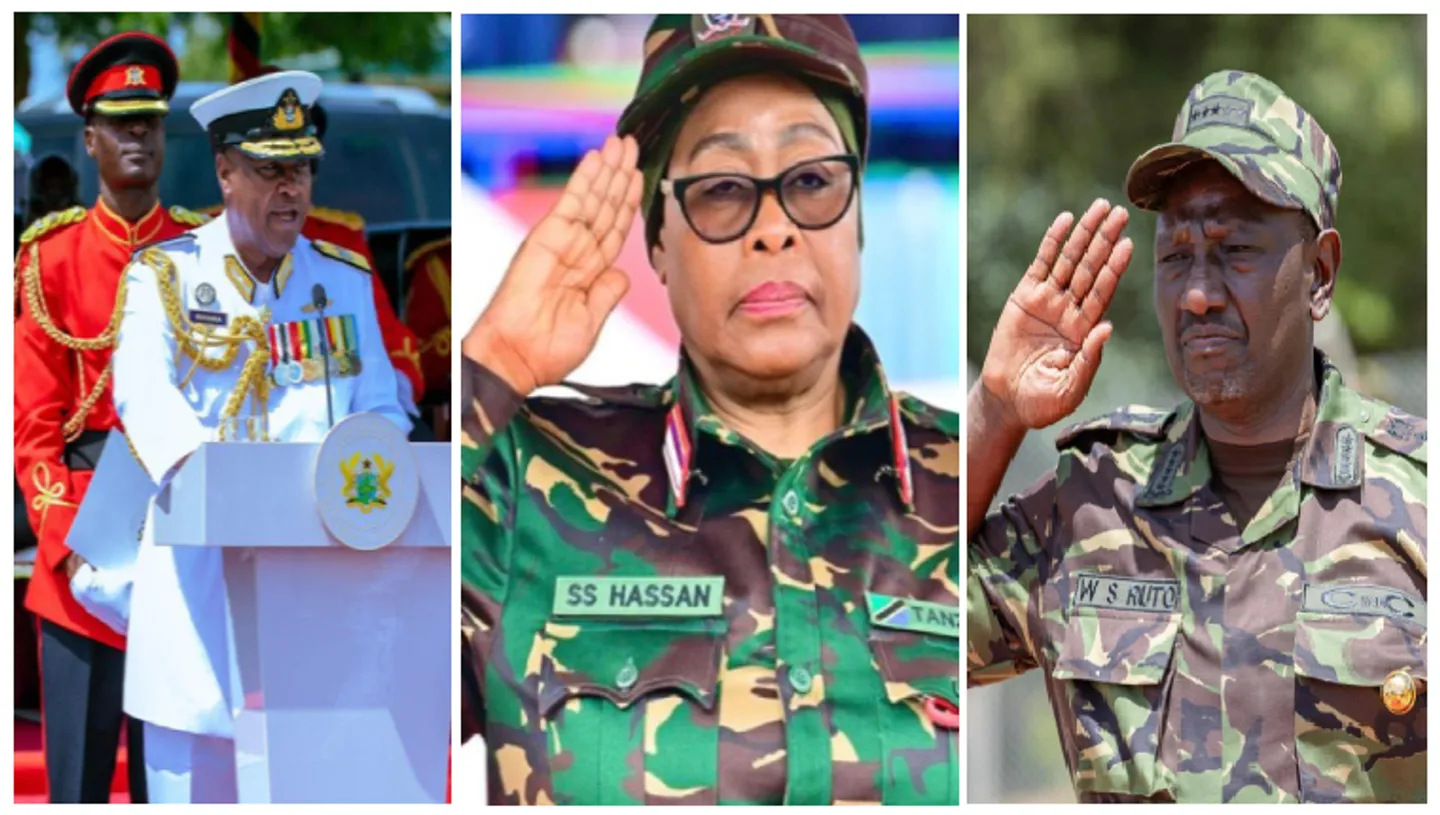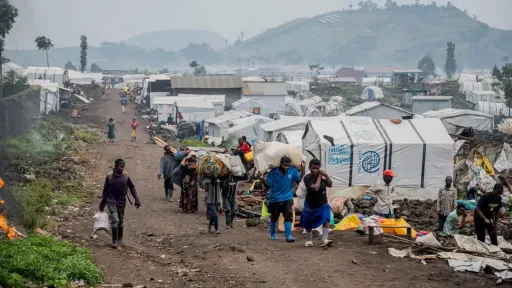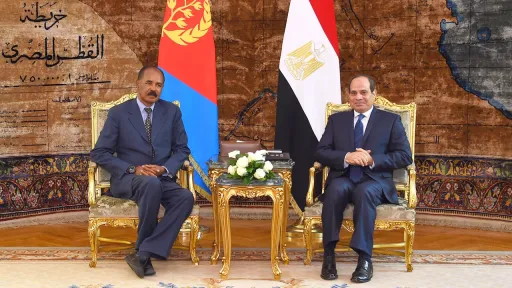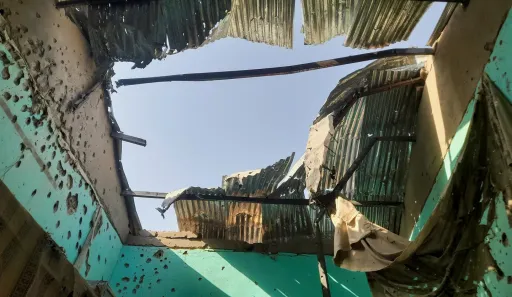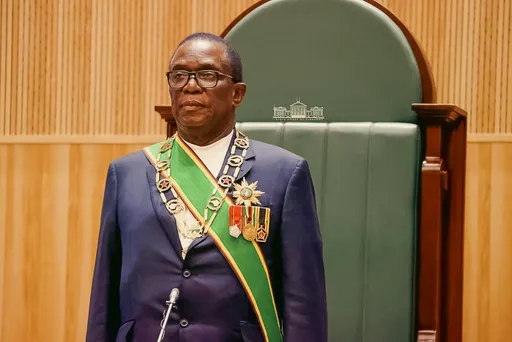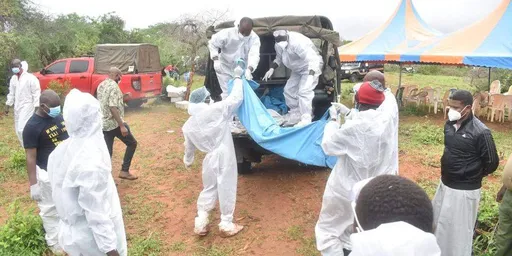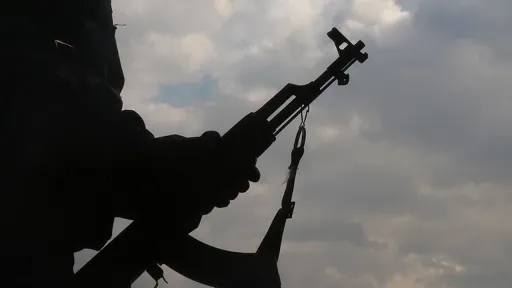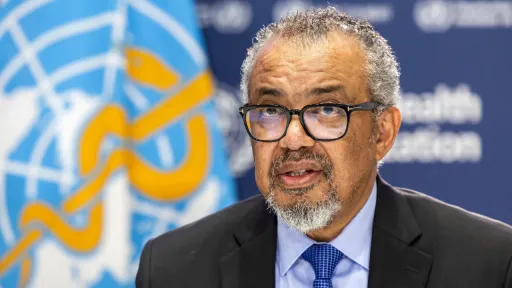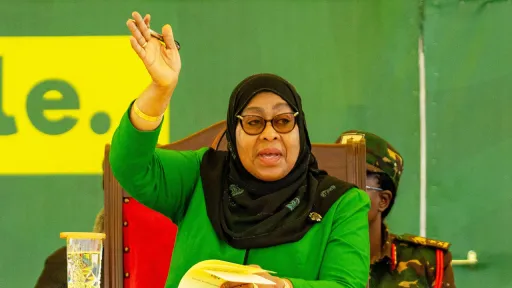At least 14 civilian African heads of state and government have worn military uniforms in public in recent years, a symbolic attire that often draws attention to them.
The civilian leaders who have sported military uniforms in recent times include Presidents William Ruto of Kenya, Duma Gideon Boko (Botswana), Samia Suluhu Hassan (Tanzania), Paul Kagame (Rwanda), Netumbo Nandi-Ndaitwah (Namibia), John Mahama (Ghana), and Bassirou Diomaye Faye (Senegal).
The others are Hassan Sheikh Mohamud (Somalia), Umaro Sissoco Embalo (Guinea-Bissau), Cyril Ramaphosa (South Africa), Yoweri Museveni (Uganda), Salva Kiir (South Sudan), Adama Barrow (The Gambia), and Ethiopia's Prime Minister Abiy Ahmed.
In several African countries, the head of state is granted the ceremonial rank of five-star general, reflecting their role as commander-in-chief of their countries' armed forces.
Unilateral authority
Though the rank elevates their significance in military operations, civilian presidents largely lack unilateral authority to order their countries to go to war.
For instance, in the United States, the president — who is also the commander-in-chief of the armed forces — may exercise unilateral authority in certain military operations, such as deploying soldiers, but cannot declare war independently.
This power is vested in Congress, which approves war declarations and also controls military funding.
In the United Kingdom, a former colonial power of around 17 African nations, the king, who is the head of state, is the commander-in-chief of the country's armed forces.
Parliamentary approval
Unlike in the US, where the head of state cannot unilaterally declare war, in the UK the king, described as a "sovereign," is "the only person to declare war and peace," the Royal Family website says.
However, the king acts on the advice of ministers when declaring war or peace.
Several African governments borrow from the American practice, where parliament approves or rejects declarations of war.
As commander-in-chief of the armed forces, civilian African presidents' roles include setting military goals, overseeing military regulations, appointing senior military commanders, promoting senior officers, and presiding over the graduation of new recruits.
Battle zone visits
For promotions and senior appointments, the head of state usually acts on advice from their country's defence council.
Besides the largely administrative tasks, on some occasions the commander-in-chief of the defence forces visits servicemen in battle zones.
For instance, in September 2023, Somali President Hassan Sheikh Mohamud visited the country's central town of Mahas, where the army was battling the Al Shabab terrorist group. President Mohamud was wearing head-to-toe green combat.
A year later, the Somali leader was also spotted wearing a military uniform at the army headquarters in the capital, Mogadishu, where he chaired an emergency security meeting on the fight against Al Shabab.
'Strong message of national readiness'
Veteran Egyptian journalist Khaled Mahmoud wrote in a commentary on the X social media platform on September 1, 2024: "The (Somali) president's choice to wear the military uniform sends a strong message of national readiness and mobilisation, highlighting the seriousness with which he is addressing the current security situation."
While several African presidents, including Kenya's Ruto, Tanzania's Suluhu Hassan, Rwanda's Kagame, and Namibia's Nandi-Ndaitwah, have worn full military uniforms to military parades, others, such as South Sudan's Salva Kiir, have worn full combat attire when commemorating important national events.
On May 16, 2017, President Kiir wore his military uniform during Sudan People's Liberation Army (SPLA) Day, marked annually to remember soldiers who were killed in Bor, in South Sudan's eastern state of Jonglei, in 1983.
The incident ignited a two-decade civil war that led to South Sudan's independence in July 2011.
'Together with our troops'
Whereas there is no law in many African countries barring civilian presidents from wearing military uniforms in public, in foreign countries such as Lithuania, the civilian president has had to defend his decision to appear publicly in military uniform.
On September 17, 2019, Lithuania's President Gitanas Nauseda, sporting military attire during a meeting with soldiers in the country's central town of Rukla, told reporters: "I want to be together with our troops with all my heart and soul, and if I had come here wearing shiny shoes or a suit and tried getting information by being completely outside the borders of that army, it would hardly have created a good image."
In Western nations, state leaders' decisions to wear military uniforms in public often trigger intense debates, with critics arguing that civilians should not be allowed to wear military attire, in line with democratic principles that place national governance functions in the hands of non-military institutions.
In Africa, however, heads of state and government occasionally wear military uniforms as a symbolic gesture of solidarity with the armed forces, a practice that has gained broader acceptance over time.
Below are pictures of African leaders wearing military uniforms in public:
